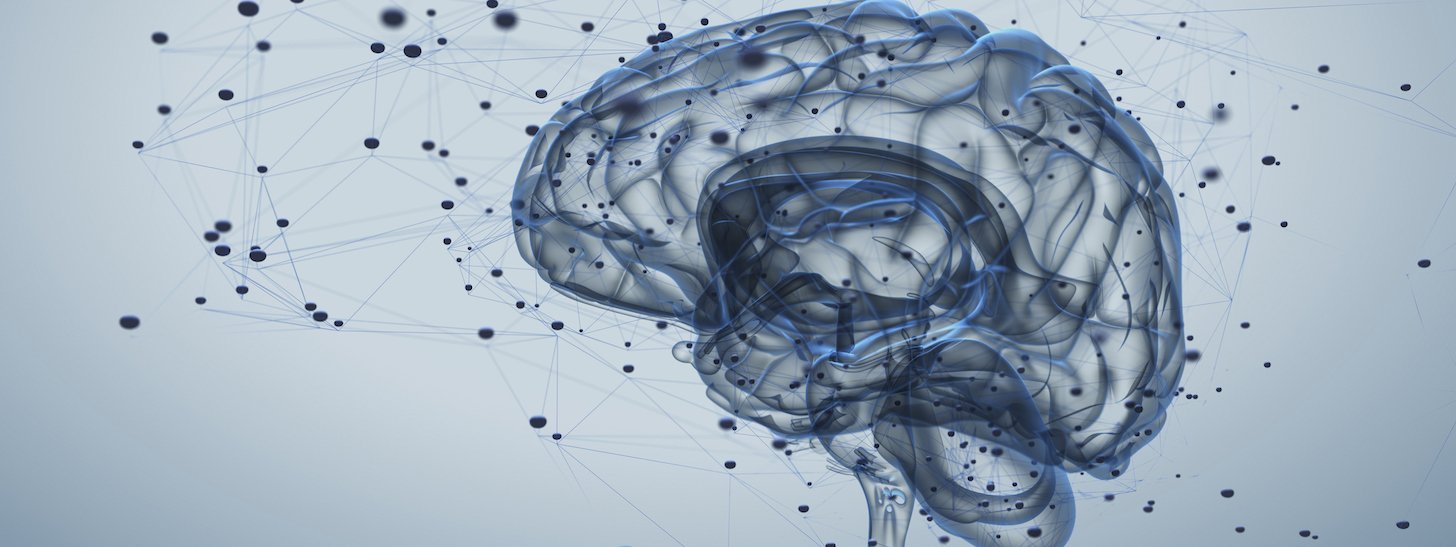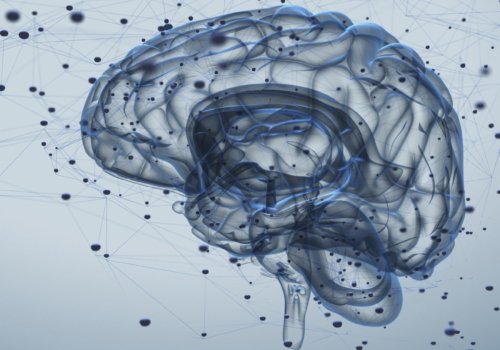Teens Carry Burden of Parental Chronic Migraines
New study finds adolescents of a parent with Chronic Migraine experience increased anxiety, inference with academic performance and miss family and social activities.
SAN DIEGO, CA (June 9, 2016) – Adolescent children of a parent with migraine are negatively affected in many important areas of their lives and those with a parent with Chronic Migraine (CM) are impacted even more significantly than adolescents with a parent who has episodic migraine (EM), according to a new study presented this week at the 58th Annual Scientific Meeting of the American Headache Society. Chronic Migraine is a neurological condition characterized by 15 or more headache days per month, with headaches lasting four hours a day or longer, and at least eight of those headache days being associated with migraine, while Episodic Migraine is defined as migraine with less than fifteen headache or migraine days per month.
Researchers on the Chronic Migraine Epidemiology and Outcomes (CaMEO) Study from the Montefiore Headache Center and Albert Einstein College of Medicine, Vedanta Research, Cincinnati Children’s Hospital, UCSF Pediatric Headache Center and Division of Child Neurology, The Mayo Clinic, and Allergan plc. surveyed adolescents and young adults (aged 13-21 years) living with a parent with CM and EM to assess the impact of parental migraine on family/social/school activities and well-being. This is the first time a study surveyed children directly about their perspectives on the burden of their parent’s migraine.
Across the board, adolescents with a parent with CM perceived a far greater impact on their well-being and daily lives than those with a parent with EM. Rates of moderate to severe anxiety were almost twice as high among offspring of parents with CM (11.3%) versus EM (6.2%). Those adolescents were also much more likely to report difficulty concentrating on schoolwork (36.0% CM vs 16.0% EM) and inability to get help from their parent when they needed it (50.0% CM vs 27.0% EM) specifically due to the parent’s migraine. Additionally, those with a parent with CM were significantly more likely than those with an EM parent to miss school activities, social events and family outings due to their parent’s migraine.
“Parents with Chronic Migraine are not the only ones whose lives are negatively impacted. Even though they may not be experiencing the physical symptoms of migraine, their parent’s migraine affects many important aspects of life for adolescent children as well,” said study lead author Dawn C. Buse, Ph.D., director of Behavioral Medicine, Montefiore Headache Center and associate professor of neurology at Albert Einstein College of Medicine. “While these results are very sad, there are a range of resources available to help treat migraine and also to help families cope with the effects of migraine. Our hope in publishing these results is that more families will seek help from medical professionals.”
“Directly surveying the adolescent children of parents with migraine was an important step in fully comprehending and underscoring the devastating consequences of parental migraine on the entire family,” said Richard B. Lipton, M.D., CaMEO Study primary investigator, study senior author and director of Montefiore Headache Center and vice chair of neurology, as well as the Edwin S. Lowe Chair in Neurology, Albert Einstein College of Medicine. “Next, we are developing the ‘Impact of Migraine on Partners and Children Scale (IMPACS)’ to help quantify the family burden of migraine. We hope that improved diagnosis, treatment and enhanced recognition of the burden associated with migraine leads to healthier lives for all family members,” he concluded.
The study, titled “Perspectives of Adolescents on the Burden of their Parent’s Migraine”, was presented at the 58th Annual Scientific Meeting of the American Headache Society in San Diego. The meeting draws about 1,000 headache and migraine researchers and treatment specialists from around the world to hear the latest scientific and clinical information on headache and migraine. This year’s program, “Take a Closer Look…At Migraine,” is four days of scientific presentations on the latest and most up-to date research in all aspects of migraine and related disorders.
Funding for the Chronic Migraine Epidemiology and Outcomes (CaMEO) study was provided by Allergan plc.
ABOUT THE AMERICAN HEADACHE SOCIETY
The American Headache Society (AHS) is a professional society of health care providers dedicated to the study and treatment of headache and face pain. The Society’s objectives are to promote the exchange of information and ideas concerning the causes and treatments of headache and related painful disorders. Educating physicians, health professionals and the public and encouraging scientific research are the primary functions of this organization. AHS activities include an annual scientific meeting, a comprehensive headache symposium, regional symposia for neurologists and family practice physicians, and publication of the journal Headache. (www.americanheadachesociety.org)
ABOUT THE AMERICAN MIGRAINE FOUNDATION
The American Migraine Foundation is a non-profit foundation supported by the American Headache Society and generous donors dedicated to the advancement of migraine research. Its mission is to support innovative research and education that will lead to improvement in the lives of those who suffer from migraine and other disabling headaches. Information about migraine and related disorders can be found at www.americanmigrainefoundation.org


